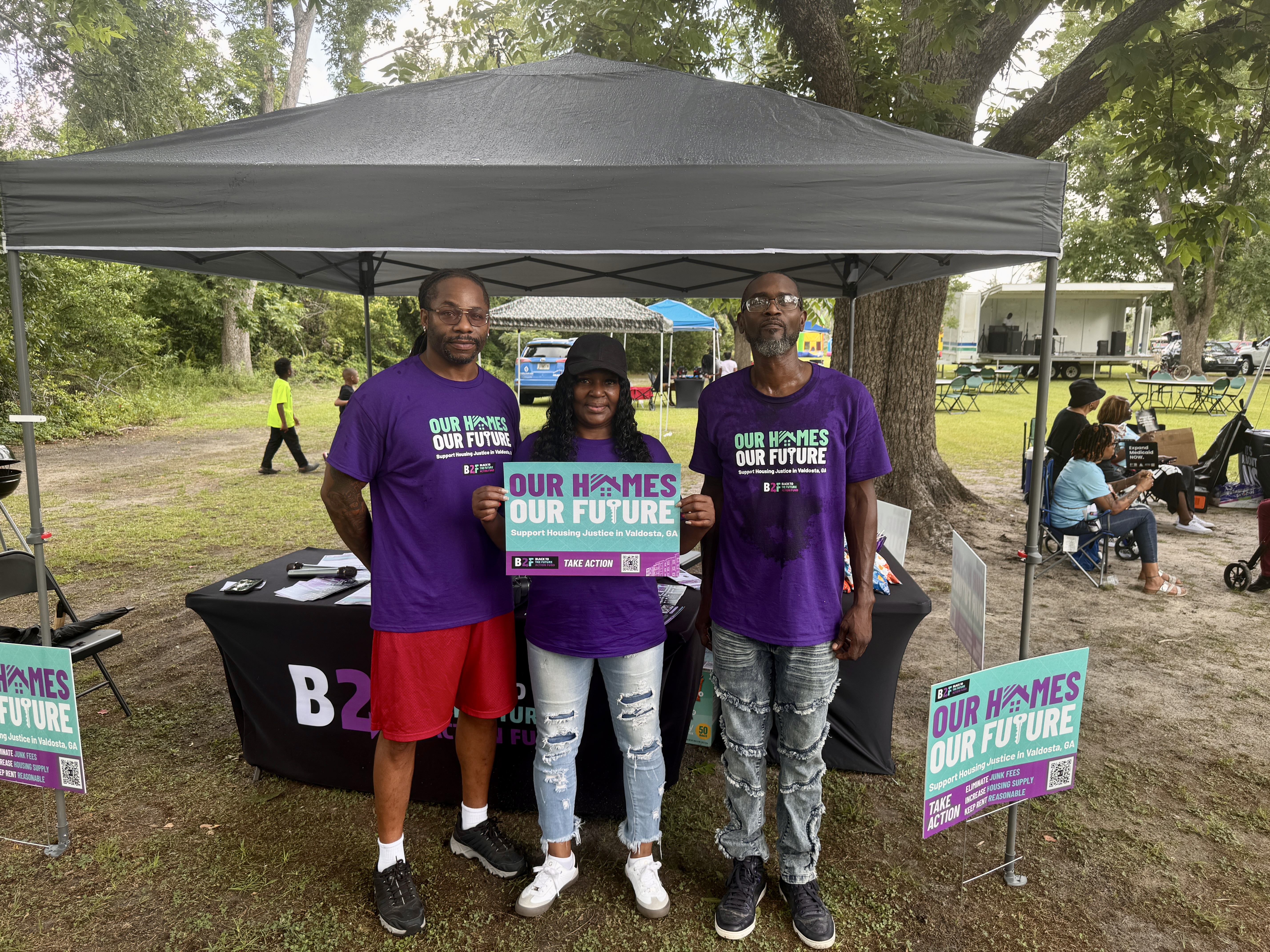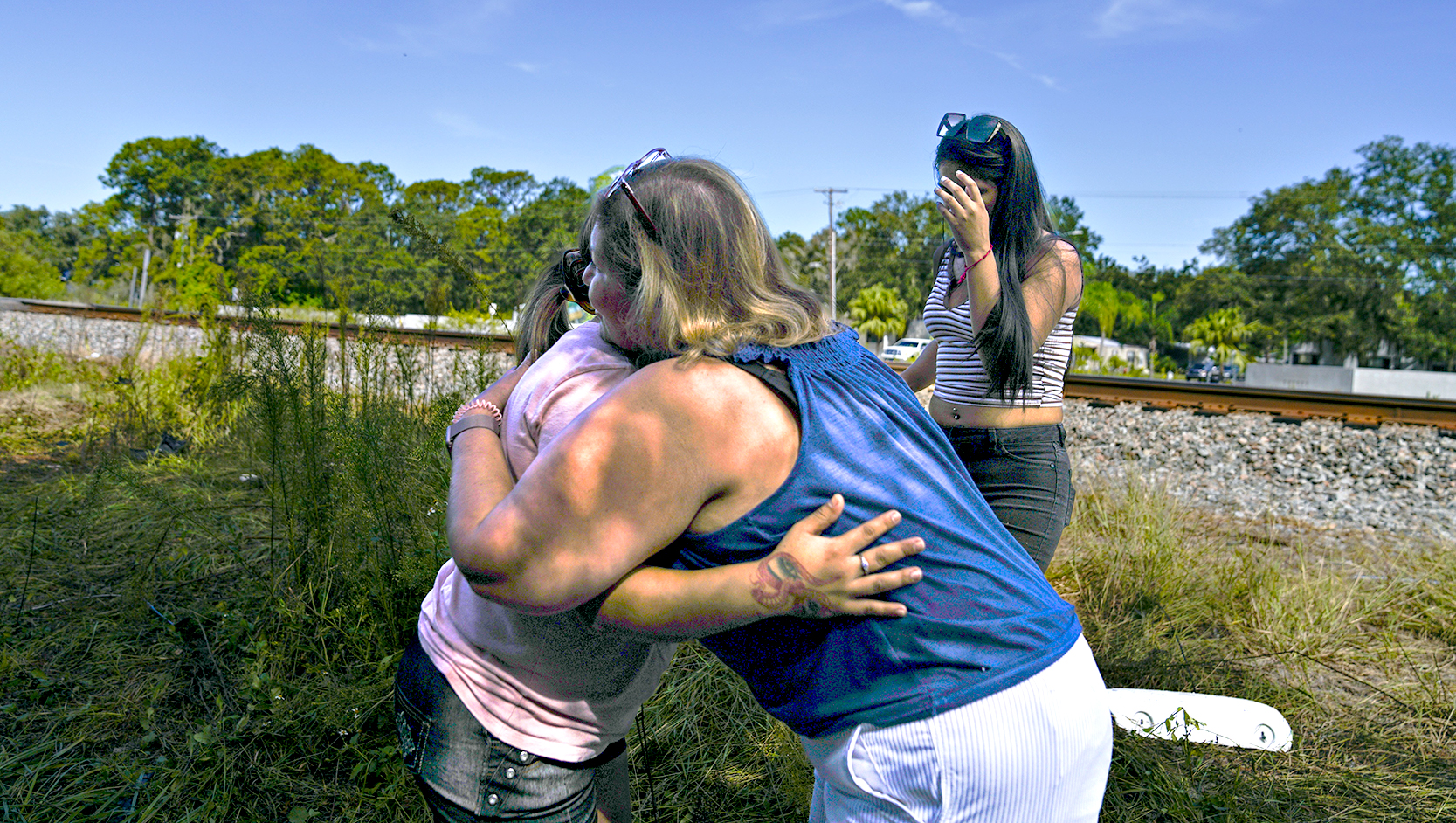County, cities meet on tax issue
Published 10:30 am Tuesday, April 10, 2012

- money.jpg
Officials from Lowndes and leaders from all five cities in the county met Monday morning at the Lowndes County Administrative Complex to begin negotiations for the county’s local option sales tax (LOST) revenue.
Board of Commissioners Chairman Ashley Paulk offered them the same percentage breakdown that was originally brokered after extensive arbitration in 2002. Lowndes County received 58 percent and the City of Valdosta received 38.63 percent. The incorporated areas of Hahira, Dasher, Lake Park and Remerton split the remaining 3.27 percent amongst themselves.
The one cent sales tax has to be renegotiated every 10 years, in the second year following the decennial census, but does not have to be approved by voters. Between Jan. 1999 and Aug. 2011, almost $244 million was distributed between all six local government entities.
Property taxes are reduced dollar for dollar for the amount of LOST proceeds each of the five cities and Lowndes County receives based on prior year collections.
“Everybody’s budgets are paper-thin and I don’t think anybody here has a lot of money in their budgets,” said Paulk, after a basic overview of the LOST negotiation procedure from County Manager Joe Pritchard.
“There was a lot of money spent ten years ago arguing over this money and the taxpayer was the true loser in my opinion.”
According to Pritchard, the cost of litigation, arbitration, mediation, financial
consultants and attorneys’ fees in 2002 was nearly $200,000 for the county.
City of Valdosta Mayor John Gayle made it immediately clear after the county’s proposal that discussions aren’t over yet.
“I think that this
particular argument is somewhat the reason we ended up where we were last time. You’re right, everybody needs more… but I think we should discuss that in a manner that is consistent with facts and figures.”
Gayle pointed out that Valdosta has grown 25 percent in the last ten years.
“Valdosta can’t grow without Lowndes County growing,” Paulk shot back, stating that if the city grew by that much, so did the county. “Everybody in the city is in the county; not everyone in the county is in Valdosta.”
He also asked if that growth rate was in the number of households or the number of childrenborn in the last 10 years.
Gayle responded that he wasn’t sure but that he was sure “a good portion were from (new) households.”
“We certainly want to work with you, but we feel like some of the other cities’ portions have somewhat dwindled too,” Gayle responded.
In a written statement based on service delivery responsibilities provided by the county to each city representative, the County proposed that they should receive 72 percent of LOST.
Lake Park Mayor Ben Futch questioned this proposal at the end of the meeting and was told by Pritchard this would be the second offer made if the original proposal that mirrored 2002 negotiations was not accepted by next Monday.
Pritchard brought up issues such as the 65 percent increase in County service delivery responsibility funded by County property taxes. In comparison, the cost of services funded by the City of Valdosta property taxes did not increase by 29 percent. He also pointed out that costs for the Parks and Recreation Authority and Industrial
Authority are now fully funded by county property taxpayers.
During the previous LOST cycle of negotiations, the Industrial Authority was funded by hotel-motel taxes, including Valdosta hotel-motel taxes.
This increase in cost of services can be attributed to the largest population increase in Lowndes County’s history of 17,000 people since 2000, according to the 2010 census.
According to Georgia Municipal Association information on LOST, the largest population increase was in Valdosta, which grew by 11,000 citizens between 2000 and 2010. By comparison, unincorporated Lowndes County grew by about 5,000 people.
Hahira has experienced a 68 percent increase in population since 2002.
“It’s strapping us with what we’re able to do,” said Hahira Mayor Wayne Bullard. “We could use a little more but if I have to get by with less, we’ve been doing it pretty well for the last four years. If the nation doesn’t get out of this depression we’re in, none of us aren’t going to have any money.”
Since 2002, Hahira’s population has increased from 1,626 to 2,737.
After the meeting, some of the leaders provided their thoughts on the County’s proposal.
“I think the County is mighty optimistic,” said Gayle. “We’ve got our own figures but we kind of just wanted to see what happens.”
Valdosta City Manager Larry Hanson said that the their offer has not been formulated but should be available soon.
Hahira City Manager Jonathan Sumner said that their obligations have increased substantially over the last ten years.
“I don’t know if (the county’s proposal) is adequate, quite frankly,” Sumner said after the meeting.
“Everybody has needs and we all have to be responsive enough to understand that all of them have needs and do the best they can to meet citizen needs,” Hanson said. “We’ll just see … Hopefully, we can avoid baseball litigation, but at the same time, we’re responsible to our citizens.”
With the first renegotiation meeting underway, Lowndes County and all incorporated areas will have 60 days to negotiate a split. If a decision is not met in that time period, they will have 60 days for mediation or non-binding arbitration. Superior Court “baseball arbitration” involves one of the parties filing a petition with the
Superior Court and each government entity submitting “best and final offers.” A judge chooses one of the best and final offers which remains in effect until the judge makes a new allocation.
For more on this story and other local news, subscribe to The Valdosta Daily Times e-Edition, or our print edition.





